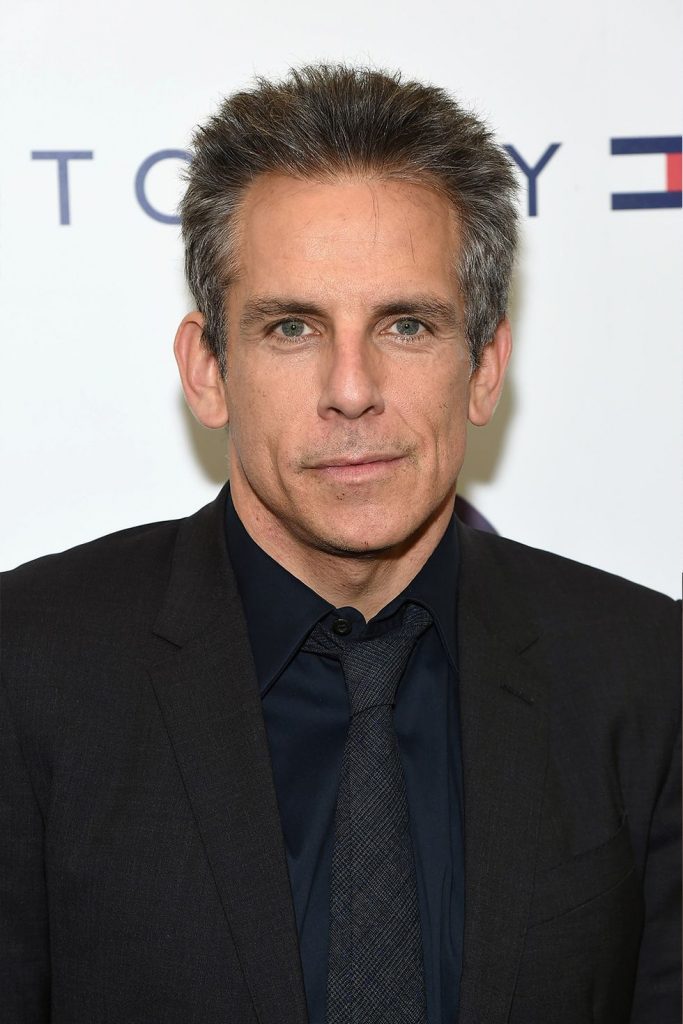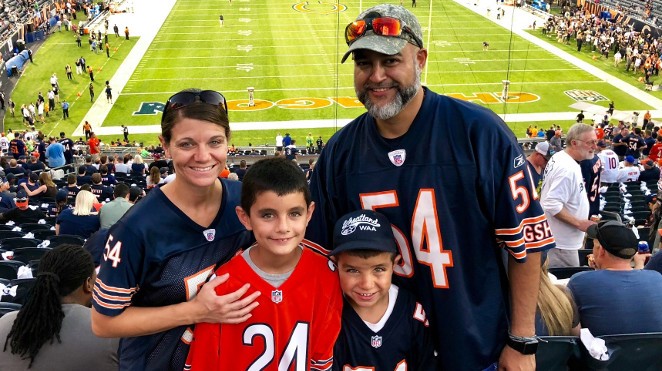I survived Cancer: Stories of Hope
Stomach cancer survivor Roy Arredondo says he’s learned a lot during the past 5 years about dealing with cancer as a young adult. Arredondo was 33 years old in 2012 and working in IT sales out of Chicago when he was diagnosed with stage 2 stomach cancer. He has a wife and 2 boys who were ages 4 and 1 at the time. “My life changed dramatically,” said Arredondo. “I was depressed, I was scared, I was angry, and I felt like a failure to my family.”
“He says he just felt “off.” He also recognized that some of his symptoms were similar to ones his mother had before she was diagnosed with ovarian cancer. Even so, his cancer diagnosis was a shock.
Arredondo says telling his parents was difficult, especially because they were still dealing with his mother’s cancer.”
His treatment included surgery to remove 2/3 of his stomach, 5 months of chemotherapy, and 1 month of radiation. Arredondo finished treatment in June 2013 and doctors found no more evidence of cancer. Despite this news, he began to struggle with depression. “During that year I had survivor’s guilt and fear of recurrence,” said Arredondo. “I was scared I wasn’t going to see my 2 young boys get past grade school. It was difficult coming home from work every day when I didn’t know how to handle my emotions. I bottled it up and hoped it would just go away.”
“Last May, Arredondo started having severe abdominal pain and difficulty eating. He was saddened to learn his cancer had returned. He’s back in treatment, which will include chemotherapy and
surgery.”
““As you can imagine, we were caught off guard again with the diagnosis. The anger and sadness came on quickly,” said Arredondo. “Fortunately, I learned a lot from my fellow survivors over the last 5 years,”
said Arredondo. “I use mindful meditation and a social media blog to remind others and myself that it isn’t the end of the world. I can beat this again.””
““Every day I try to find the positivity in people, friends and family,” said Arredondo. “I have my up days and I have my down days. All I try to do is stay positive, stay engaged with work, create memories with
my family and more importantly remind myself that being positive and trusting in my oncology team that this will all work itself out again.”
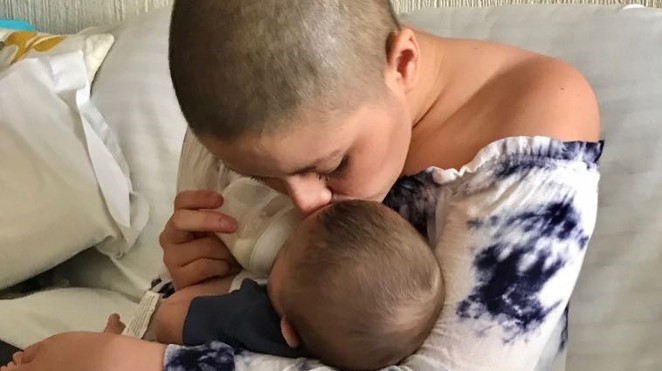
Maddie Stanton
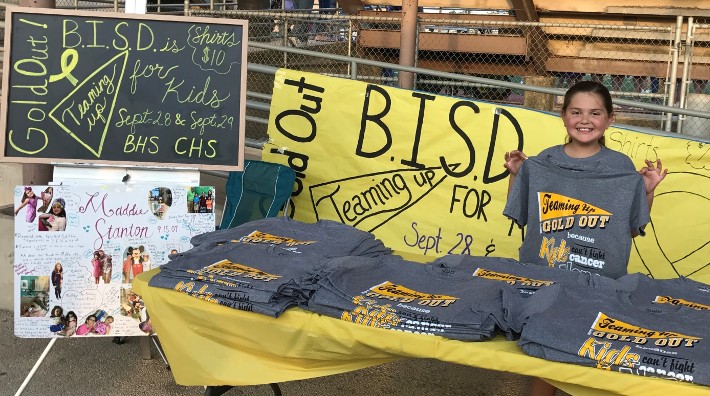
“Childhood leukemia survivor Maddie Stanton describes herself as a “mainly regular” kid. “I feel good,” she says. Now 10 years old and in the 4th grade, Maddie works hard in school and loves dancing and arts
and crafts. Her mother, Denise, says, “We feel lucky every day to be able to have Maddie enjoying life, and being happy, and living.””
“Maddie was just 6 when she began having the bouts of severe back pain that led to doctor’s office appointments, emergency room visits, and hospital stays. At first, doctors thought Maddie had muscle strain
from gymnastics classes. Later, they changed the diagnosis to constipation. But the pain didn’t go away or get any better, and Maddie also developed a low-grade fever.”
In July 2014, Maddie underwent an MRI of her spine and biopsy of a suspicious spot. Doctors told Maddie’s parents she had acute lymphoblastic leukemia (ALL), and her treatment would likely involve several years of chemotherapy. And she would need to begin treatment the very next day. Hearing the news was “an-out-of-body, out-of-this-world feeling,” said Denise. “We felt as if we had no control or ability any longer to keep our daughter safe.”
“Maddie was stoic through her first chemo induction. “She’s a pretty tough cookie,” says Denise. And she was discharged from the hospital shortly afterward. A few weeks later, the family showed Maddie’s
medical records to a friend of theirs – an oncologist and hematologist – to get a second opinion. He found that Maddie actually had hypodiploid ALL, a rare, high-risk type of leukemia that does not have
a high long-term survival rate when treated with chemotherapy alone.”
“Maddie’s big brother Jack badly wanted to donate his bone marrow to help Maddie get better, but unfortunately, he was not a match. The donor’s tissue type has to match the patient’s tissue type as closely
as possible to help prevent risk of major problems with the transplant. Maddie’s medical team turned to Be The Match, a marrow registry operated by the National Marrow Donor Program. Within a short time,
a perfect match for Maddie was found through the registry.”
“In November 2014, Maddie received her transplant, getting an infusion of new bone marrow cells prepared from her donor’s cells. Then came the waiting time, as the family waited to see if the transplant
was successful, a process called engraftment. After about 4 weeks into her recovery, the Stantons learned that Maddie’s donor bone marrow had fully engrafted. The transplant had been successful.”
“In February 2018, Maddie joined other pediatric cancer survivors in Houston for a fashion show to raise money for research at the Texas Children’s Cancer Center. Back in Boerne, the Stantons continue to do
everything they can to help other children going through a cancer diagnosis and treatment. “We are grateful for everybody who helped us,” said Denise. “It’s part of who we are as a family now, to give back.””
Cancer doesn’t differ whether you are a regular human or celebrity. But still it can be beaten.
Lance Armstrong
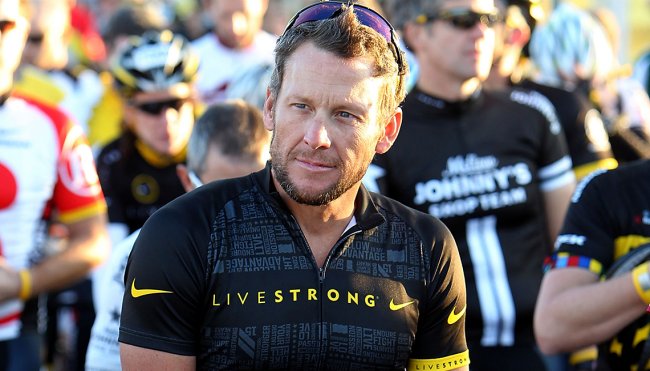
“Treated for testicular cancer in 1996, the Texas cyclist bounced back to win the Tour de France seven times — only to have his titles stripped in 2012 because of doping offenses.
His Livestrong Foundation, however, is still going strong and since 1997 has raised over $500 million to “inspire and empower” people and families affected by cancer.”
Wanda Sykes
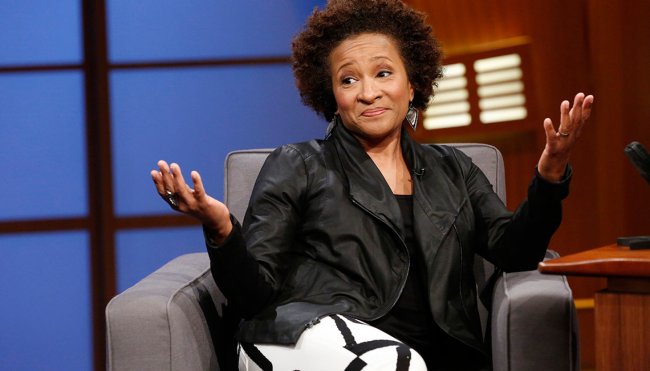
“The outspoken comedian announced her diagnosis of DCIS — a type of breast cancer known as ductal carcinoma in situ — on The Ellen DeGeneres Show in September 2011.
She opted to have a double mastectomy that year and soon returned to stand-up comedy.”
Ben Stiller
